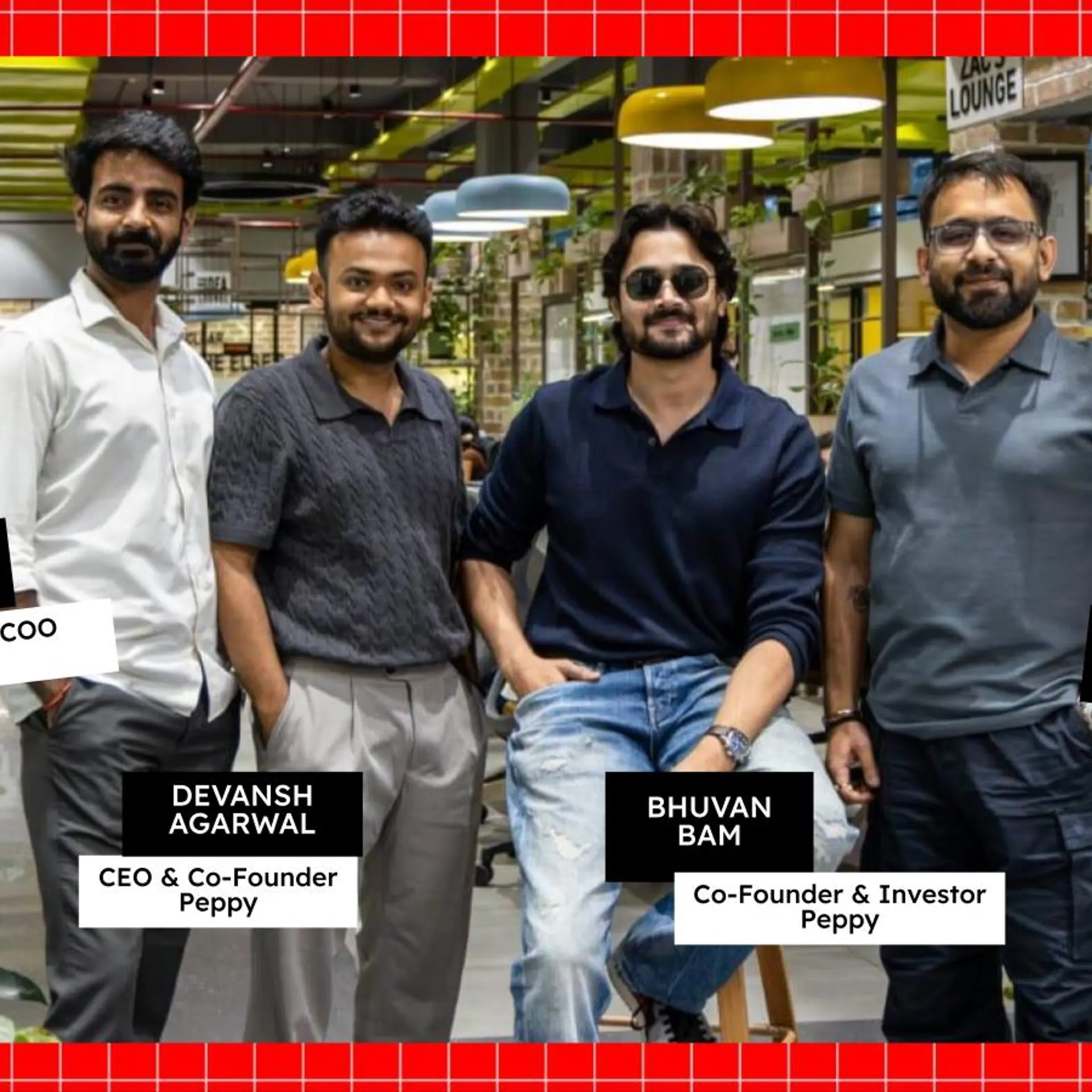Private US company makes history by landing first commercial spacecraft on the moon
Built by Intuitive Machines, the lander, named Odysseus, touched down on the Moon at around 6:23 p.m. ET on Thursday, making it the first American spacecraft on the Moon since the Apollo 17 mission in 1972.
A private American company has scripted history by landing the first commercial spacecraft on the Moon as well as the first US vehicle on the Earth's only natural satellite in more than 50 years, joining earlier feats by India, Russia, the United States and China.
Built by Intuitive Machines, the lander, named Odysseus, touched down on the Moon at around 6:23 p.m. ET on Thursday, making it the first American spacecraft on the Moon since the Apollo 17 mission in 1972.
“Today, for the first time in half a century, America has returned to the Moon,” said Bill Nelson, National Aeronautics and Space Administration (NASA) Administrator, after Intuitive Machines, a Houston-based company, landed its Odysseus robot near the lunar south pole.
The lander carries a bounty of NASA scientific instruments, “and bearing the dream of a new adventure in science, innovation and American leadership in space, well, all of that aced the landing of the lifetime,” Nelson said.
"What we can confirm, without a doubt, is our equipment is on the surface of the Moon, and we are transmitting," Flight Director and Chief Technology Officer Tim Crain announced amidst cheers among his colleagues and others across the country as there were some tense moments before the landing on the Moon.
As the spacecraft made its final descent, mission controllers lost contact with it, as was expected to occur, NBC News reported.
“After troubleshooting communications, flight controllers have confirmed Odysseus is upright and starting to send data. Right now, we are working to downlink the first images from the lunar surface,” Intuitive Machines said, announcing the historic feat.
“I know this was a nail-biter, but we are on the surface, and we are transmitting. Welcome to the Moon,” Intuitive Machines Chief Executive Officer Stephen Altemus said during the livestream.
The lander will have seven days before darkness descends on the landing site, preventing the spacecraft's solar panels from gathering energy from sunlight and bringing freezing temperatures, ABC News reported.
In August last year, India made history as its Moon mission Chandrayaan-3 became the first to land in the uncharted south pole of the Earth's only natural satellite and became the fourth country to master the technology of soft-landing on the Moon, propelling it into an elite group of nations.
“What a feat for IM, SpaceX and NASA. What a triumph for humanity. Odysseus has taken the Moon,” Nelson said.
"Today, for the first time in the history of humanity, a commercial company, an American company, launched and led the voyage up there. And today is a day that shows the power and promise of NASA's Commercial partnerships,” Nelson said.
Intuitive Machines was one of several companies approved by NASA under the Commercial Lunar Payload Services programme contracts to build private lunar landers that the federal space agency, among others, would use to send instruments into space, the report said.
“Congratulations to everyone involved in this great and daring quest at Intuitive Machines, SpaceX and right here at NASA. What a triumph. Odysseus is taking the Moon. This feat is a giant leap forward for all of humanity,” Nelson said.
Intuitive Machines CEO Steve Altemus said that the company's employees' names are engraved into the footer to stamp their names permanently on the lunar surface.
"I had everyone's name etched on the bottom of the landing gear so that their names will be indelibly printed on the moon when we touch down softly," he told ABC News.
NASA said the lander brings NASA science to the Moon's surface. “These instruments will prepare us for future human exploration of the Moon under #Artemis,” it said.
The Wall Street Journal said the lander is carrying NASA research devices under a $118-million contract, which is part of Commercial Lunar Payload Services, as well as commercial cargo, including a sculpture project from artist Jeff Koons.
“The company and its customers are expected to have about a week to run devices before lunar night sets over the site where Odysseus landed, rendering it inoperable,” the daily reported.
Edited by Swetha Kannan







